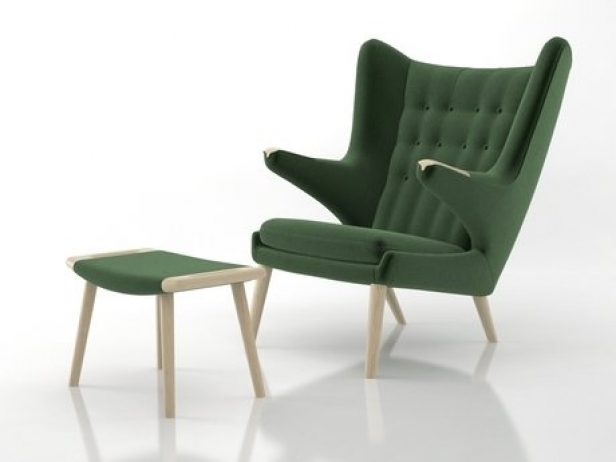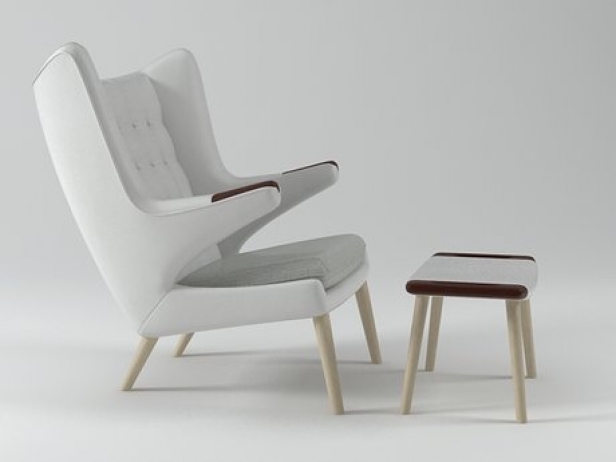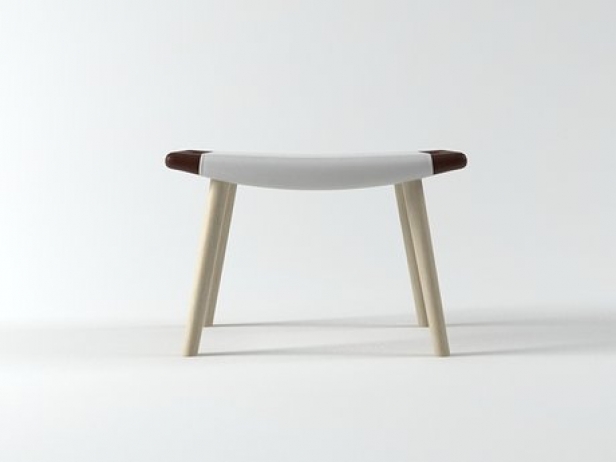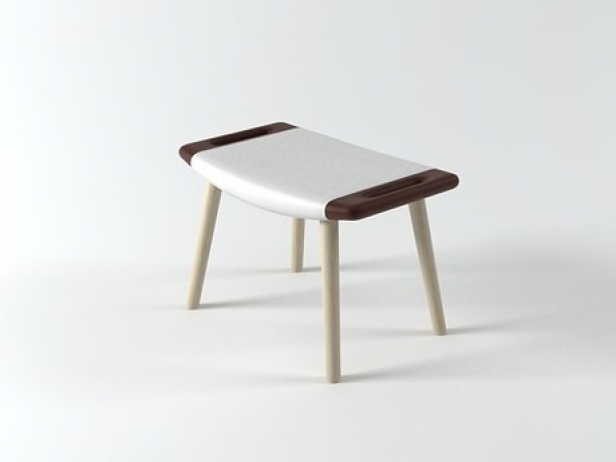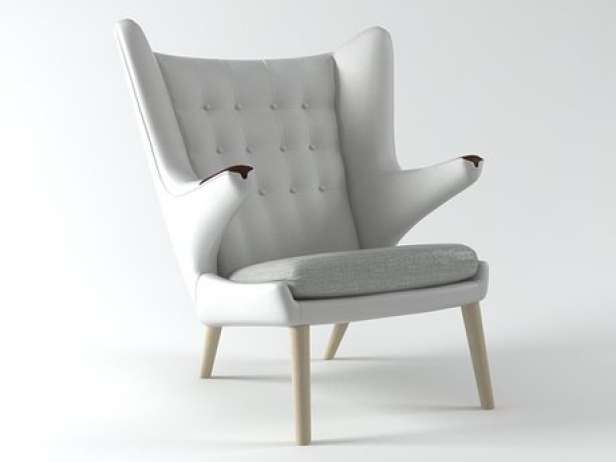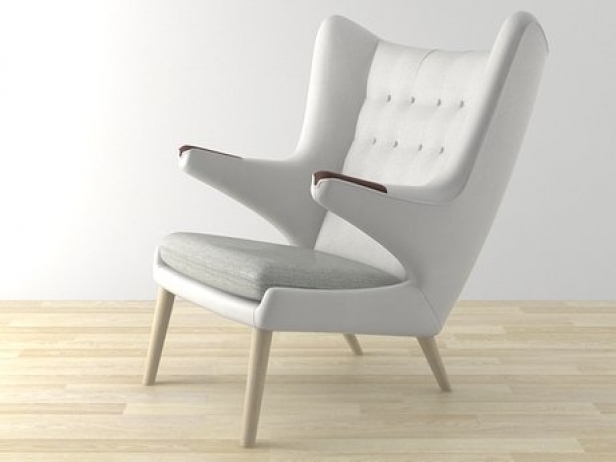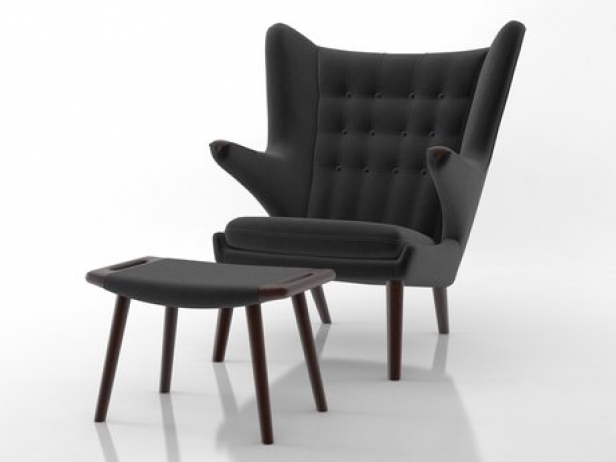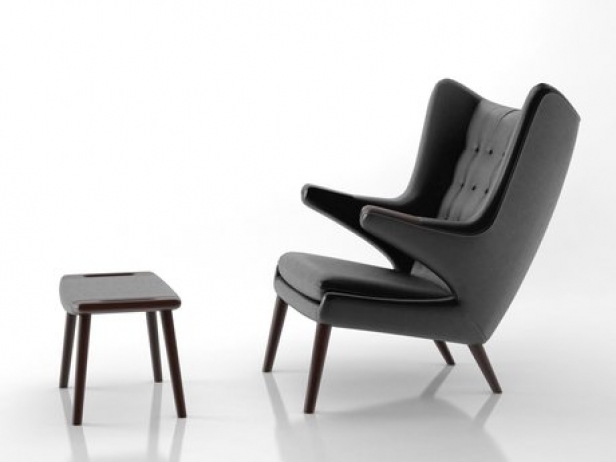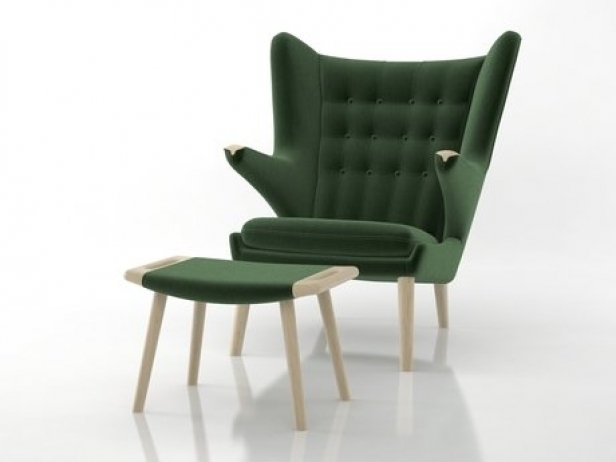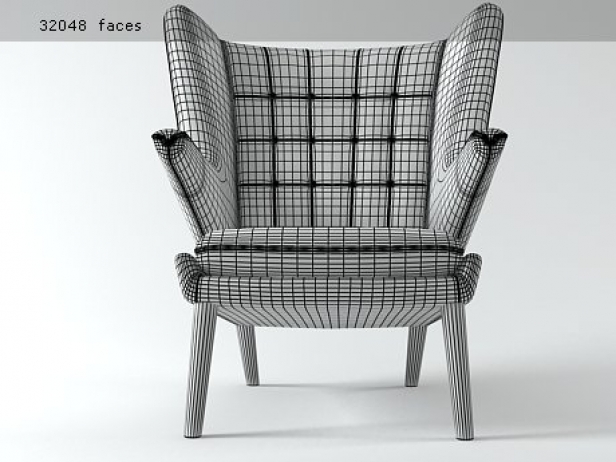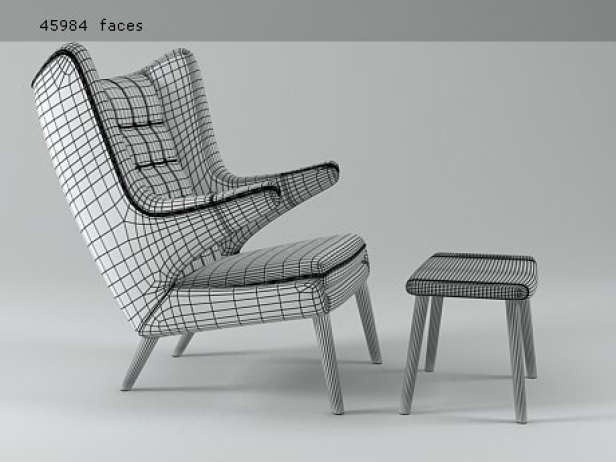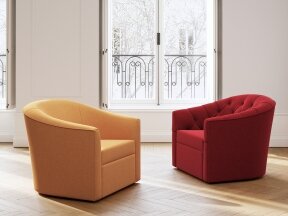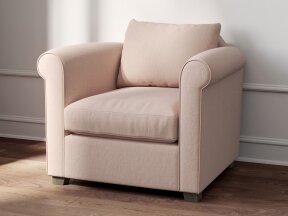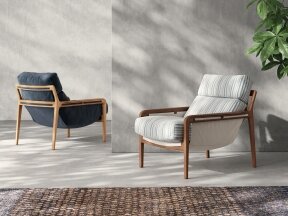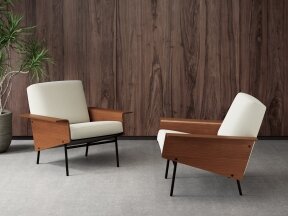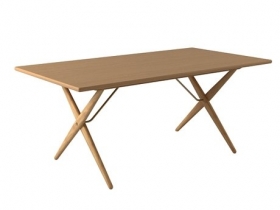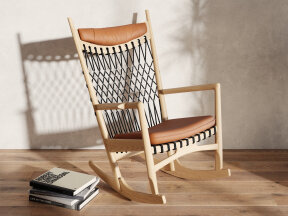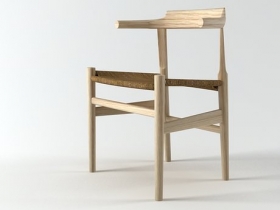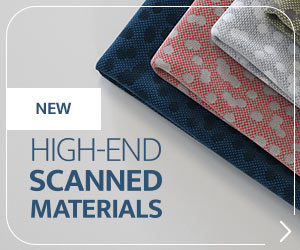| Extension | Size | Supported version | Supported renderers | Format description?Compatibility |
|---|---|---|---|---|
| .max | 25.81 MB | 3ds MAX 2011 or above |
|
All Design Connected 3d models are originally created in 3ds Max 2011 and V-Ray renderer. We use in-house developed automation tools to convert our models to support other renderers like Mental Ray, Built-in Scanline, Corona and Maxwell, with MXM and MXS files included. All Design Connected 3d models are originally created in 3ds Max 2011 and V-Ray renderer. We use in-house developed automation tools to convert our models to support other renderers like Mental Ray, Built-in Scanline, Corona and Maxwell, with MXM and MXS files included. Files units are centimeters and all models are accurately scaled to represent real-life object's dimensions. The model comes as a single editable mesh or poly object (or as group for rigged models or where displace modifier has been used) properly named and positioned in the center of coordinate system. No lights, cameras and render/scene setup are included unless otherwise stated in the particular model’s description. |
| Extension | Size | Supported version | Supported renderers | Format description?Compatibility |
|---|---|---|---|---|
| .c4d | 29.48 MB | Cinema 4D R16 or above |
|
All Design Connected 3d models are originally created in 3ds Max and for V-Ray renderer. Our in-house team of 3d artists handle all further conversions and adaptations to deliver best possible visual and technical quality of the Cinema 4D content we offer. All Design Connected 3d models are originally created in 3ds Max and for V-Ray renderer. Our in-house team of 3d artists handle all further conversions and adaptations to deliver best possible visual and technical quality of the Cinema 4D content we offer. Files units are centimeters and all models are accurately scaled to represent real-life object's dimensions. The model comes as a single editable object (or as a group when necessary) properly named and positioned in the center of coordinate system. No lights, cameras and render/scene setup are included unless otherwise stated in the particular model's description. |
| Extension | Size | Supported version | Supported renderers | Format description?Compatibility |
|---|---|---|---|---|
| .skp | 64.18 MB | SketchUp 8 or above |
|
SketchUp file format with basic materials and textures. |
| Extension | Size | Supported version | Supported renderers | Format description?Compatibility |
|---|---|---|---|---|
| .fbx and .obj | 19.87 MB |
|
OBJ an FBX files with diffuse colors and textures.
|
|
| Extension | Size | Supported version | Supported renderers | Format description?Compatibility |
|---|---|---|---|---|
| .3ds | 18.69 MB |
|
Native 3ds files with textures
|
|
| Extension | Size | Supported version | Supported renderers | Format description?Compatibility |
|---|---|---|---|---|
| .aof | 5.39 MB |
|
Abvent Artlantis file format with materials, proper shaders and textures.
|
|
| Extension | Size | Supported version | Supported renderers | Format description?Compatibility |
|---|---|---|---|---|
| .3dm | 5.91 MB |
|
Rhinoceros files with materials and textures
|
|
| Extension | Size | Supported version | Supported renderers | Format description?Compatibility |
|---|---|---|---|---|
| .dwg | 2.12 MB |
|
Autodesk DWG files with basic geometry and textures
|
|
One purchase gives access to all file formats available. By default only .max file format is selected for download.
During the checkout process and before downloading a model you will see a list of available file formats to make your selection.
You can download at no cost all additional file formats needed at any time from "Downloads" page in your Account.
Product description
PP Møbler resumed the production of this chair in celebration of the workshop's 50th anniversary. Originally, is was designed for AP Furniture in 1950 by Hans J. Wegner. But as early as 1953, PP Møbler became the sub-supplier of the frames for the Teddy Bear Chair. And even though PP Møbler did not get its own Wegner designs until 1969, the actual cooperation began here. This cooperative effort was followed by development work on many of Wegner's prototypes. Like many other Wegner chairs, The Teddy Bear Chair seems to refer to the animal kingdom with its characteristically playful and organic design. The chair received its name after a critic had referred to its armrests as 'great bear paws embracing you from behind'. In the later years, The Teddy Bear Chair has been one of the most popular Wegner designs of all. Wegner also drew a foot-rest for The Teddy Bear Chair, PP 120.
Year of design: 1950





